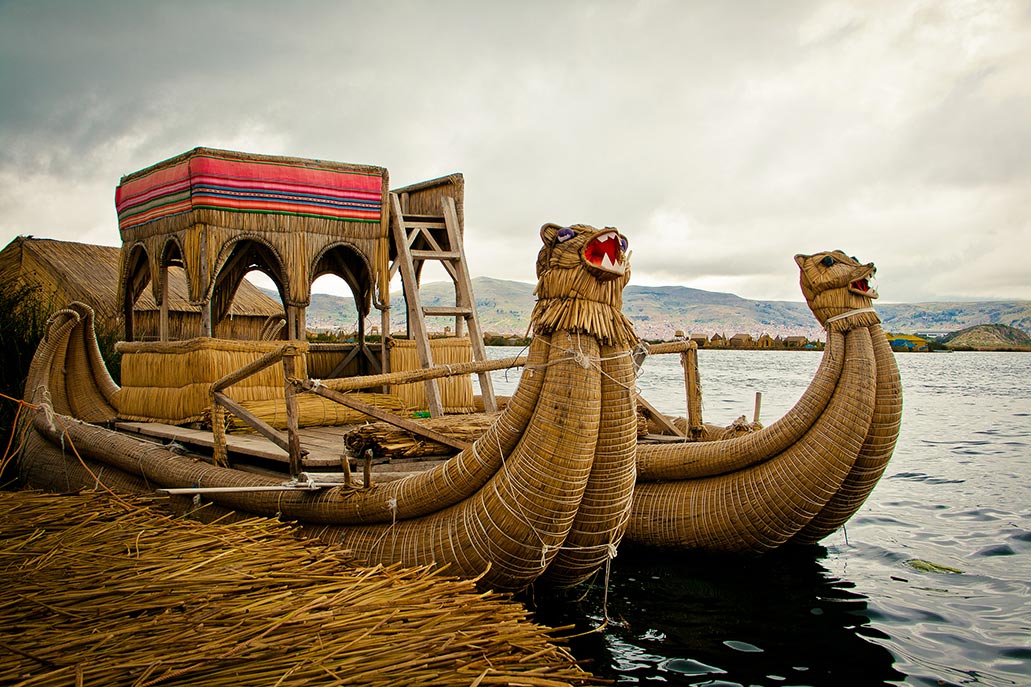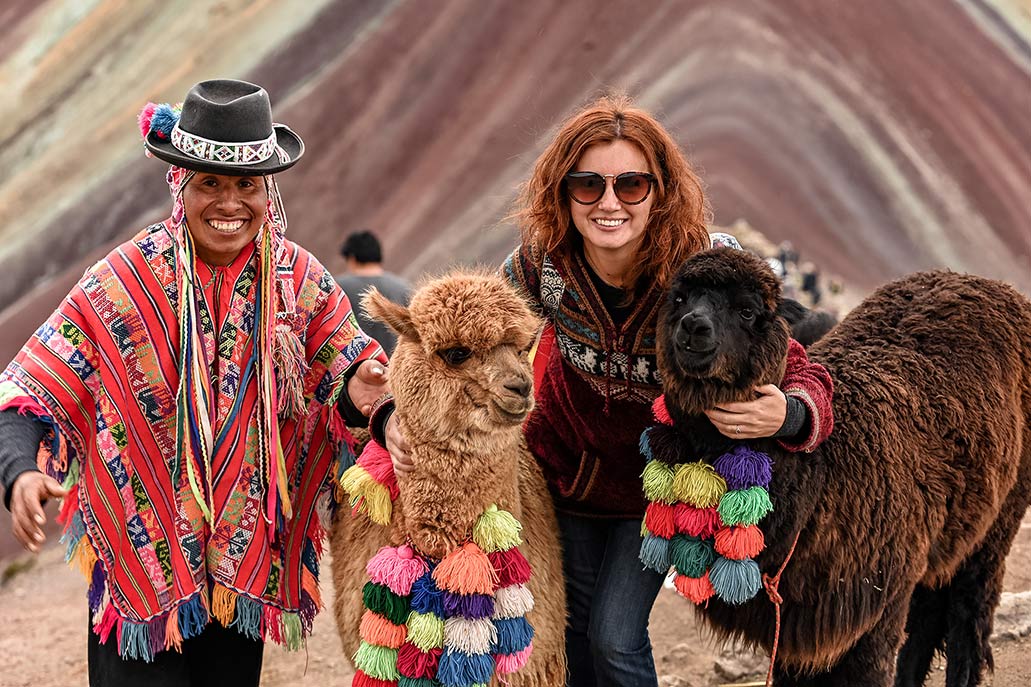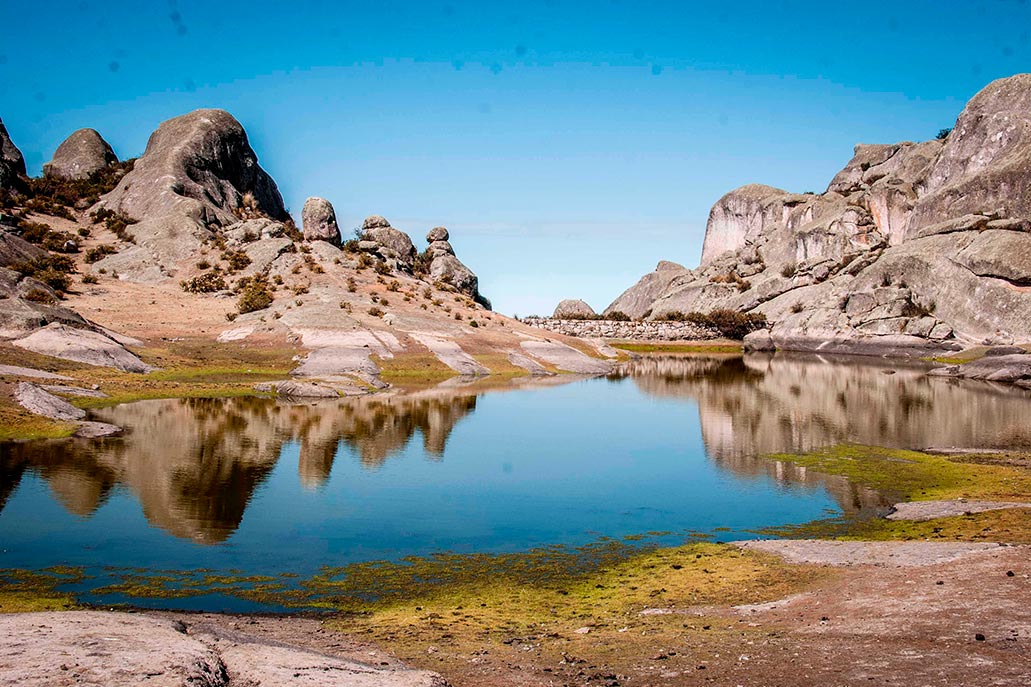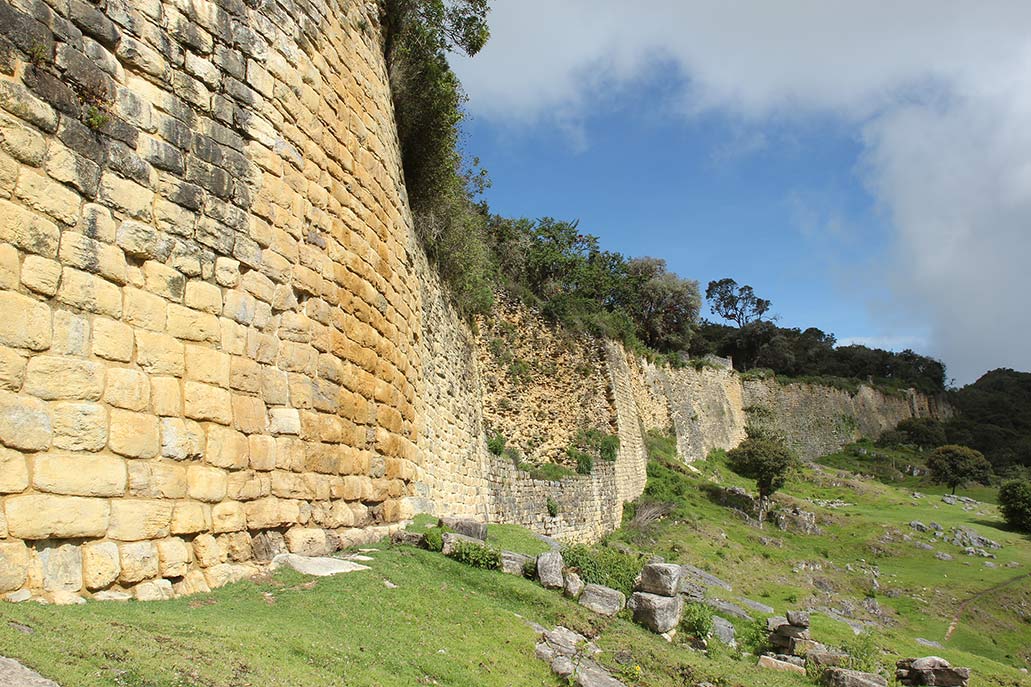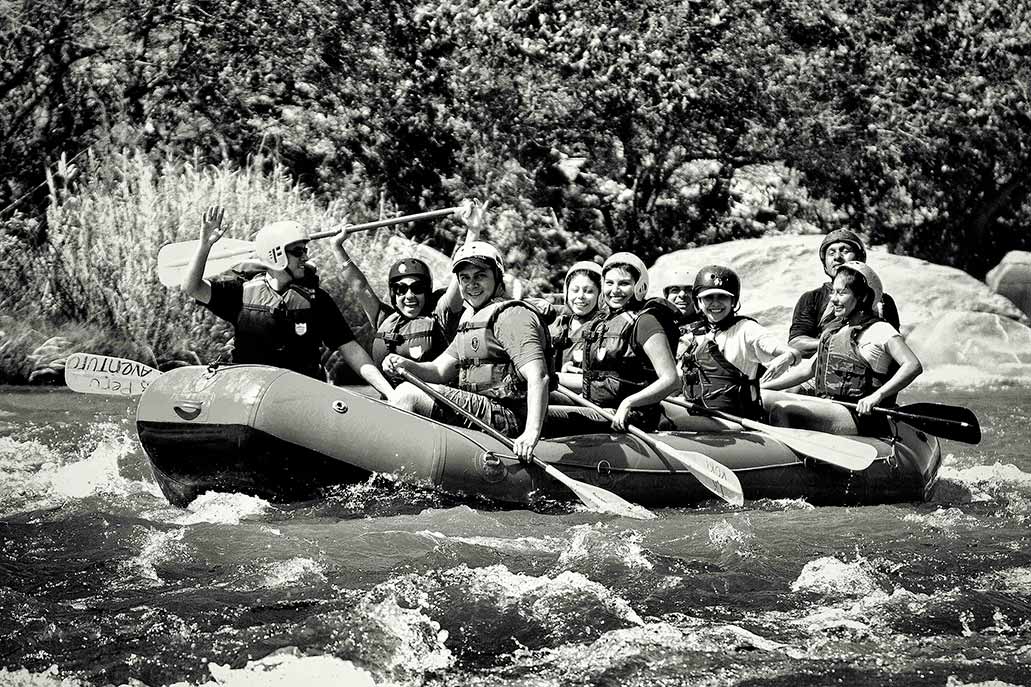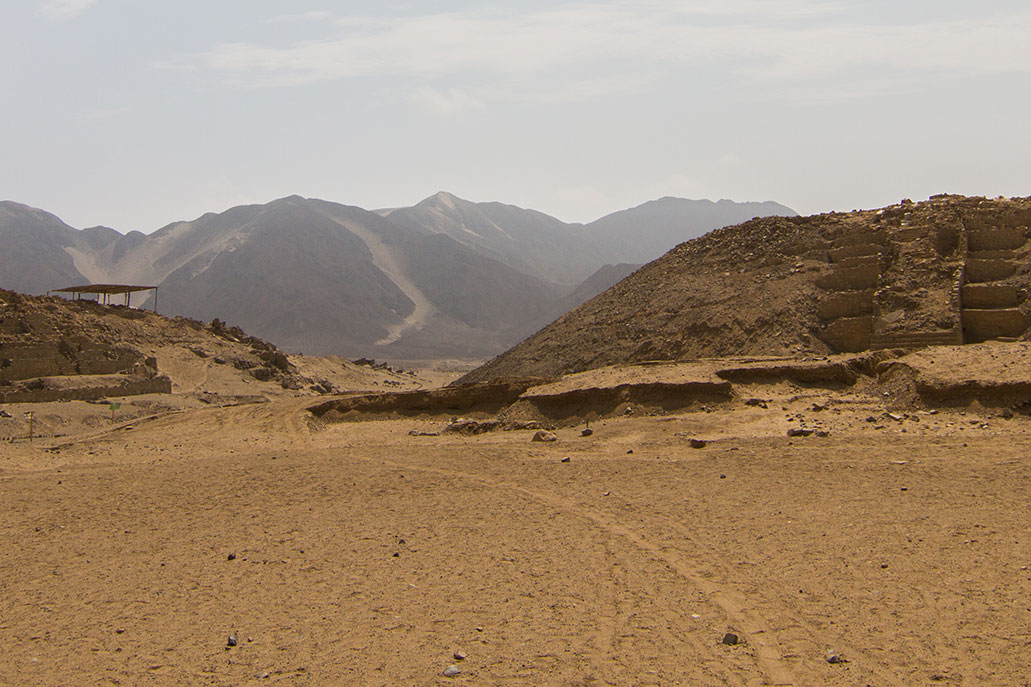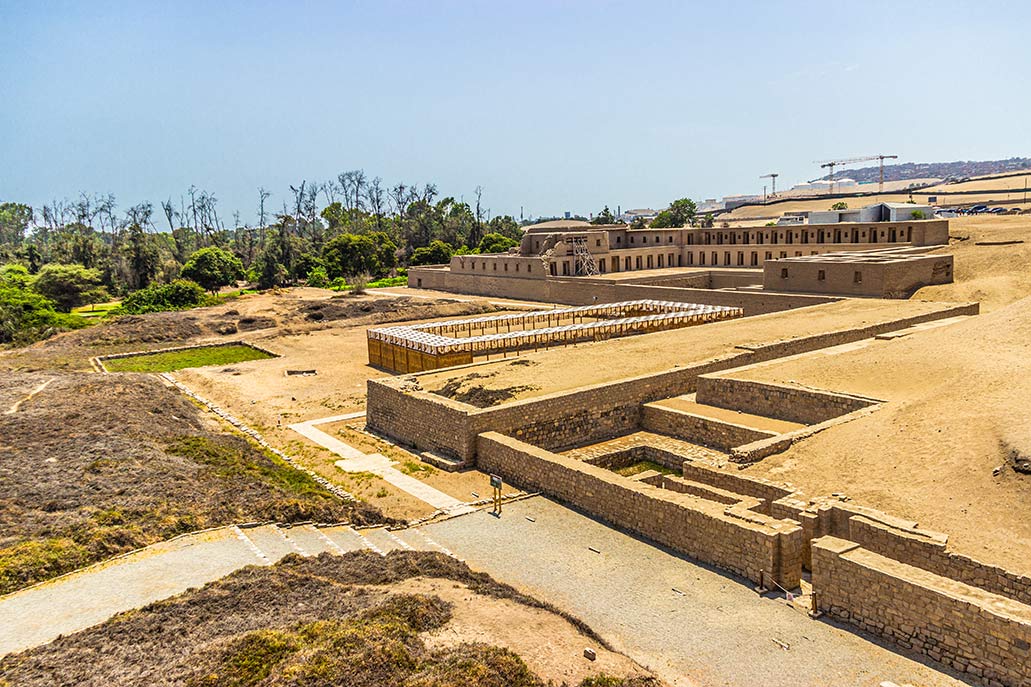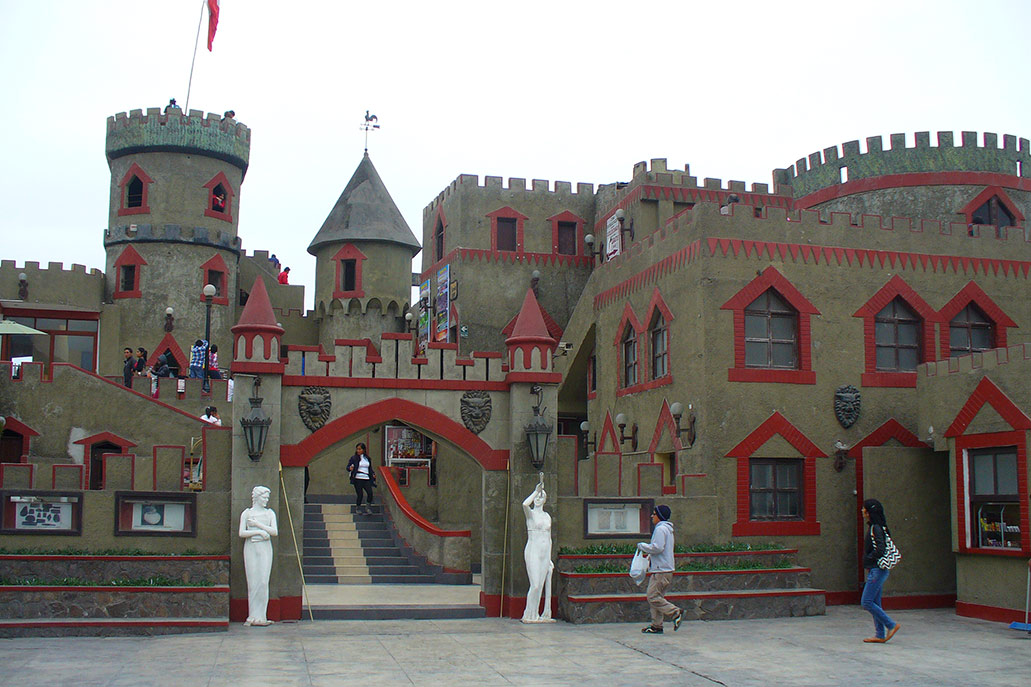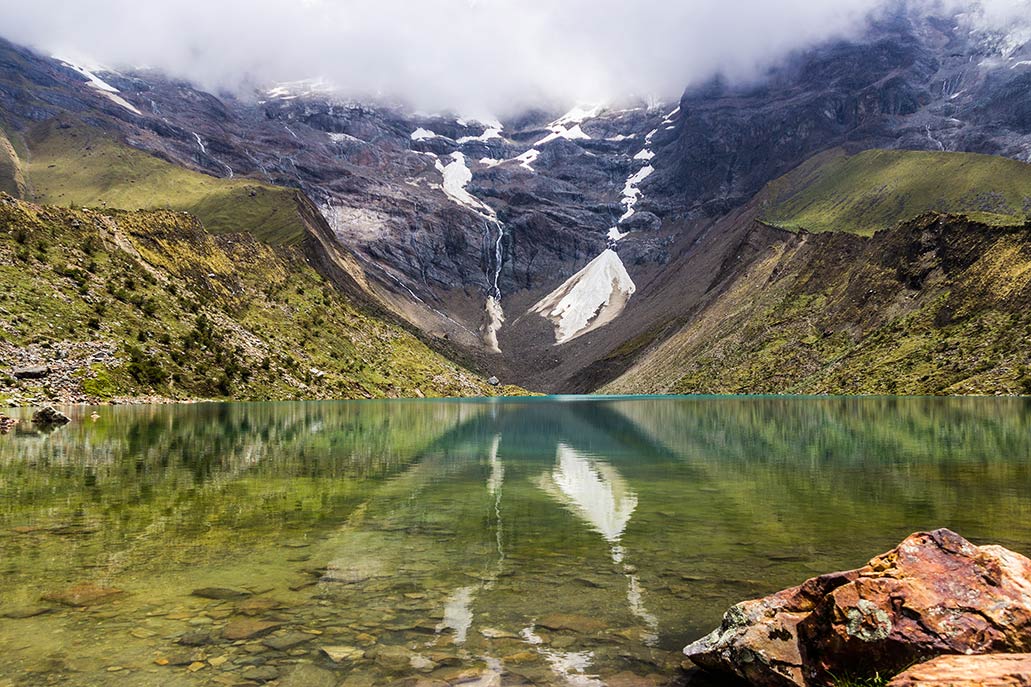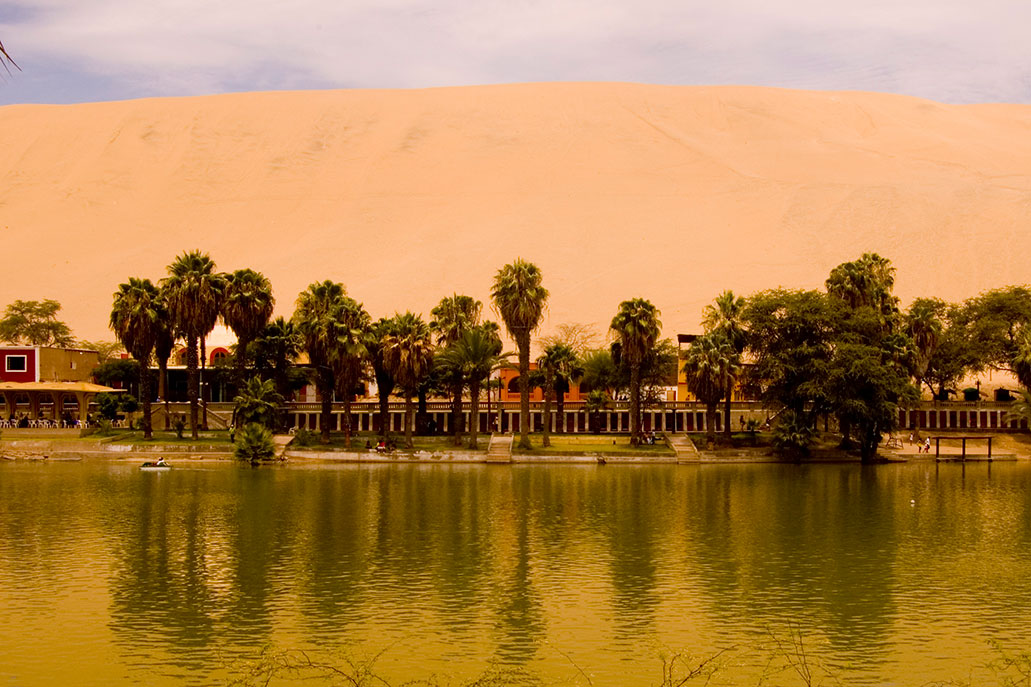10 famous but economical tourist attractions in Peru
Peru has incredible tourist attractions such as Machu Picchu, the Colca Canyon or the Sacred Valley of the Incas. However, many people cannot visit it due to the high entrance fee. Given this, there are other tourist options that can be visited on a low budget. Among these, the Montaña 7 Colores in Cusco, Kuelap in Amazonas, Lunahuaná in Lima, Lake Titicaca in Puno or Huacachina in Ica stand out. Learn more places, what to go and how much they cost!
Content
Peru offers a wide variety of tourist attractions. Without a doubt, Machu Picchu is the main tourist attraction in the country. However, a visit to the Inca citadel is not exactly economical. Foreign tourists are required to purchase a train ticket whose cost exceeds 40 US dollars. Entrance to the Inca citadel costs between 20 to 40 dollars. But Peru is not only Machu Picchu but many other interesting destinations. For example, Montaña 7 Colores, Marcahuasi, Kuelap, Lunahuaná and more. These tourist destinations are affordable and more accessible to everyone.
Rainbow Mountain
The 7 Colors Mountain is called in different ways: Vinicunca, Rainbow Mountain or Cerro de Colores. It is located in Cusco, approximately 100 kilometers from the city. It is the second most visited tourist attraction in Cusco only after Machu Picchu. The main reason for the visit is its mountain landscape dyed with various colors as a result of the minerals in the soil formed thousands of years ago.
The entrance ticket costs 25 soles for foreigners and 15 soles for Peruvians, making it one of the cheapest tourist destinations in Cusco. However, there is no tourist transportation to get there so the most economical option is to go with an all-inclusive tour. One-day tour packages cost from 60 soles or even less. They offer pick-up, transportation, guide and even buffet breakfast and lunch.
- How to get there?: With the route Cusco – Cusipata – Phulawasipata – Vinicunca. The best option is to choose a tour with a tourism agency (includes transportation).
- How much does it cost?: 25 soles for foreign tourists / 15 soles for Peruvians.
Marcahuasi
Marcahuasi is a town in the Sierra de Lima (Huarochiri province). There, on the high peaks above 4 thousand meters above sea level, there is a stone forest of almost four thousand square kilometers. Visitors prefer to visit in two days or more. For this there are camping spaces. The stone forest allows you to observe figures due to wind erosion thousands of years ago.
Among the stone figures that Huarochiri offers, the following stand out: the toad, the sacred feline, the valley of the seals and the monument of humanity. To get there you must take an arduous 4 kilometer walk uphill (2 hours or more on the road) from the town of Marcahuasi. The climate is cold with night temperatures below 0ºC. The entrance ticket costs 20 soles for foreigners, 10 soles for Peruvians and 5 soles for university and school students.
- How to get there?: With the Lima – Chosica – Marcahuasi – stone forest route. You can choose to go with a tour or on your own.
- How much does it cost?: 20 soles for foreign tourists / 10 soles for Peruvian tourists.
Kuelap
Kuelap is located in the northern jungle of Peru, in the province of Chachapoyas (department of Amazonas). Due to its history, the beauty of its landscapes and architecture, it is also called ‘the Machu Picchu of the north’. Its construction dates back to the Chachapoyas culture (800 A.D. – 1570 A.D.) until they were conquered by the Inca empire. The function of Kuélap was that of an administrative, religious center and even a fortress.
To get to Kuelap more easily, modern cable cars were built in 2017 that in 20 minutes reach more than 3,000 meters of altitude where the archaeological site is located (the station is located in the town of Nuevo Tingo). Kuelap offers incredible landscapes and a lot of history. The cost of the cable car is 20 soles (round trip sections). The entrance ticket costs 20 Peruvian soles.
- How to get there?: With the Lima – Chachapoyas – Nueva Tingo – Kuélap route. The route is with a tour or on your own.
- How much does it cost?: The cable cars cost 20 soles / The entrance ticket costs 20 soles.
Lunahuana
Lunahuaná is a town in Lima located 185 kilometers from the center of the capital city of Peru. It belongs to the province of Cañete and is located in a fertile valley at 479 meters above sea level. It is famous for the sports activities that can be practiced there such as ATV routes, canopy, rappelling, trekking, but, above all, canoeing on the Cañete River. The main tourists who travel to Lunahuaná are from the city of Lima.
Being located near Lima, the cost of the trip to Lunahuaná costs only approximately 30 soles. Carrying out the canoeing activity is with the professional help of a tourism agency. The cost for an hour of canoeing is approximately 40 soles. Additionally, in this province of Lima, you can taste wines and piscos, visit the archaeological site of Incahuasi or enjoy its tourist services (hotels, restaurants, etc.).
- How to get there?: With the Lima – Cañete – Lunahuaná route. You can choose to go with a tour or on your own.
- How much does it cost?: Canoeing with an authorized tourism agency costs approximately 40 soles per person.
Caral
Caral is one of the most important historical sites in Peru. It was the citadel and main administrative center of the Caral civilization, the oldest recorded in America at approximately 5 thousand years old. It is located 174 kilometers by road from the city of Lima. It is famous for its adobe buildings, its site museum, and for its great history, the cradle of the other civilizations of Peru.
Caral covers an area of more than 66 hectares. Its discovery in 1997 (by researcher Ruth Shady) made world news. In 2009 it was chosen as a World Cultural Heritage Site by UNESCO. To carry out the tourist visit it is necessary to depart by public transport bus from Lima. The entrance ticket costs 11 soles for adults in general and 4 soles for university students.
- How to get there?: With the route Lima – Supe – Archaeological site of Caral.
- How much does it cost?: 11 soles for adult tourists / 4 soles for university students.
Pachacamac
Pachacamac was one of the most important oracle and religious sanctuary in ancient Peru. It is located in the south of the city of Lima, in the district of Lurín (36 kilometers from the center of Lima). It has a history that dates back more than 2 thousand years. He was worshiped by the Lima, Wari, Ychma and Inca culture. It stands out for its mud and stone temples, as well as for its site museum where the carving of the Pachacamac idol is still located.
Pachacamac covers an area of 465,032 hectares. Highlights include buildings such as the temple of the sun, the temple of the moon, the old temple, the Tauri Chumpi building and even an Acllahuasi (house of the chosen Inca women) in good condition. The visit can be done with a tour or on your own. The entrance fee is 15 soles for adults in general and 5 soles for university students.
- How to get there?: With the Lima – Lurín – Pachacamac route.
- How much does it cost?: 15 soles for adults in general and 5 soles for university students.
Titicaca Lake
Titicaca is the highest navigable lake in the world, standing at approximately 3,812 meters above sea level. It is located in the highland region (Collao plateau) in the neighboring countries of Peru and Bolivia. It is famous for its impressive Andean geography, its variety of flora and fauna, as well as the native communities that inhabit its islands. The communities of the Uros, the Taquile and more stand out.
To get to Lake Titicaca you can take a direct flight from the city of Lima (1 hour 35 minutes) to the Juliaca airport and then a 43 kilometer trip to Puno (almost 1 hour of travel). Lake Titicaca is free for everyone, however, the visit must be made with a tourist boat whose cost ranges from 15 to 30 soles per person. Another option is to hire a tour (Uros – Taquile) whose cost is approximately 70 soles.
- How to get there?: With the route Lima – Juliaca (by plane) – Puno – Lake Titicaca.
- How much does it cost?: The cost of the boats to the Titicaca islands costs approximately 15 to 30 soles per person.
Chancay castle
Chancay Castle is one of the most famous tourist attractions in the so-called ‘small north’ of Lima. As its name indicates, it is located in the city of Chancay, about 73 kilometers by road from the city of Lima. The castle is famous for the artistic activities offered there, as well as for its beautiful views of the sea and, of course, for the beautiful medieval-style decoration that dates back to 1923.
Chancay Castle was a work designed by Consuelo de Amat (granddaughter of Viceroy Manuel de Amat y Junet) who ordered the construction to be completed, finally completed in the mid-20th century. It also stands out for its museum-style objects, its hotel, wine tasting, restaurant and more. The cost of admission is 25 soles for adults in general and 12 soles for children from 3 to 10 years old. Children under 3 years old enter free.
- How to get there?: With the route Lima – Chancay – Castillo de Chancay.
- How much does it cost?: 25 soles for adults in general / 12 soles for children from 3 to 10 years old.
Humantay Lake
The Humantay lagoon is one of the most famous tourist attractions in Cusco. It is located at the foot of the Salkantay mountain, about 100 kilometers from the city of Cusco and 4,200 meters above sea level. It is famous for its turquoise waters surrounded by imposing snow-capped mountains. To get there you must walk for almost 2 hours from the Soraypampa camp (optional to hire a horse muleteer).
The entrance ticket to the Humantay lagoon costs 20 soles for foreign tourists and 10 soles for Peruvian tourists. It also allows you to take the hiking route to the Salkantay Pass and the Mollepata tourist circuit. The walk to the lagoon is free. However, if you cannot complete it, you can rent a horse with a muleteer for a cost of approximately 60 soles (one way).
- How to get there?: With the route Cusco – Mollepata – Soraypampa – Humantay. The best option is to choose a tour with a tourism agency (includes transportation).
- How much does it cost?: 20 soles for foreign tourists / 10 soles for Peruvians.
Huacachina
Huacachina is an oasis in the Ica desert, about 307 kilometers by road from the city of Lima. Despite being located in the arid Ica desert, the underground sulfur waters emerge to form a beautiful lagoon with abundant vegetation such as palm trees, eucalyptus and huarangos. There you can do adventure sports such as sandboarding, buggy rides and more.
La Huacachina is just 4 kilometers from the center of Ica. Due to the high temperatures (which can reach 30ºC), most tourists prefer to visit at sunset (between 4 and 6 in the afternoon). This schedule also allows you to enjoy the sunset in the desert. The entrance ticket to Huacachina costs 3 soles. However, carrying out sports activities costs between 15 to 30 soles per person.
- How to get there?: With the route Lima – Ica – Huacachina.
- How much does it cost?: The entrance ticket costs 3 soles for the general public.
By Machupicchu Terra – Last updated, September 13, 2023
